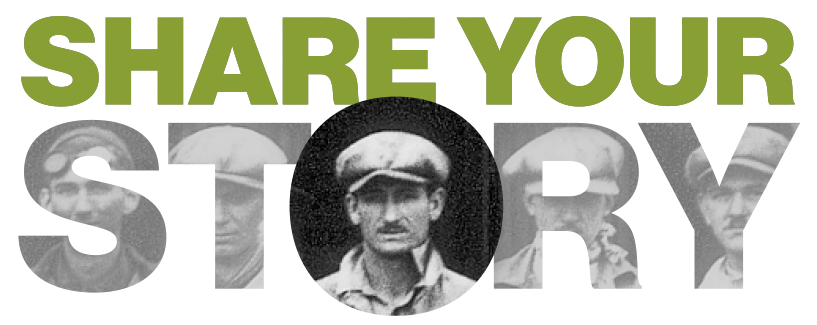During the halcyon days of the 1920s, Wichita, Kansas, was fortunate to have a bevy of local aviators whose skills at the stick were put to good use by the city’s airplane manufacturers. These included Francis “Chief” Bowhan, Ira McConaughey, “Cactus” Brierly, Earl Rowland, Monte Barnes, and identical twins Newman and Truman Wadlow, to name only a few.
Another birdman whose name has largely been forgotten was Irl Beach – an experienced and respected flier who had no blood connection whatsoever to one of the city’s favorite sons, Walter H. Beech. In March 1925 Beech, Clyde Cessna and Lloyd C. Stearman, along with about a dozen employees, completed the first Travel Air Model “A” biplane that was soon ready for its first flight. The open cockpit ship was disassembled, trucked out to the sprawling California Section east and south of downtown, where it was reassembled.

In addition to Lloyd Stearman, L.S. Seymour, president of the local chapter of the National Aeronautic Association, was present to witness and verify flight test results. In the cockpit sat Irl Beach. He was the first pilot in history to fly a Travel Air. That day he flew three flights to check the airplane’s performance. On one flight the ship attained a speed of 96 MPH carrying Beach and one passenger in the front cockpit, and climbed to 1,000 feet in only one minute, six seconds.
One year earlier Beach had flown a series of tests for the Swallow Airplane Manufacturing Company located on North Hillside Avenue. The airplane was the “New Swallow” – a much-improved version of the original “Swallow” designed by E.M. “Matty” Laird in 1919. Perhaps Irl Beach’s most memorable flight, however, occurred in 1921 when he was tasked to fly the trouble-prone Laird “Limousine” from Wichita to Arkansas City, Kansas, where it was to be placed in storage.
According to eyewitnesses, Beach took off from the airfield on North Hillside Avenue without incident, but only minutes later engine trouble suddenly threatened to terminate the flight. Beach was able to land the ship safely in a field near the campus of Fairmount College, where he was able to make a phone call to the factory and asked for further instructions. He soon received a very short answer from company boss “Jake” Moellendick: “Burn it!,” he screamed.
Irl, along with employees Robert Phelps and Melvin Wheeler, eventually stripped all of the serviceable equipment from the crippled ship, poured gasoline on it and struck a match. The “Limousine” died a flaming death. As for Beach, he continued to serve various airplane companies as a test and ferry pilot throughout the “Roarin’ Twenties.”

 Back
Back